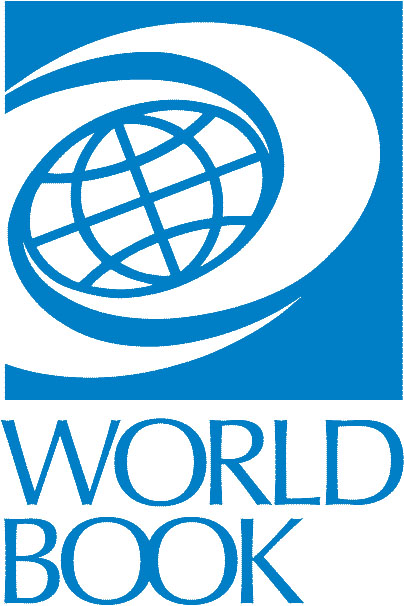AV Center Policies
USE OF AUDIO-VISUAL FACILITIES
The Audio-Visual Center facilities are for the exclusive use of DLSZ administrators, faculty, staff and students.
Online or on-site reservation of venue and equipment.is on a first come, first served basis.
Audio-Visual Projection Room(s) must be reserved at least three days before the activity. Any changes in the reservation must be reported immediately to give others the chance to use the venue.
Any patron who wishes to make use of the facilities beyond the services hours offered by the Audiovisual Center should seek first the approval of the Academic or Unit head and should schedule the reservation one week before the date of the activity. An overtime form should be accomplished first when there is a request for an AV Technician during the activity.
BORROWING AND RETURNING
In checking out and returning of audiovisual materials and equipment, borrowers are required to present their ID’s.
Students may use any audiovisual material or equipment except multimedia, meeting amplifier and TV set. Requests for the use of any equipment by the student will be granted only after a written permission from the subject teacher is submitted to any of the Audiovisual Center Staff.
Borrowers may also preview materials upon prior arrangement with the Audiovisual Center Staff. A maximum of three titles of video/audio recording is allowed at a time. CD-ROMs are for reference and classroom use only.
The computer will automatically block any borrower who exceeds the maximum AV materials/equipment borrowed and those with standing fines. In this case, the borrower is again requested to first settle their accounts.
All non-print materials and equipment borrowed must be returned before 4:30 P.M. in the Audiovisual Center only.
OVERDUE FINES
A borrower will be charged a fine of PHp5.00 per hour for equipment and Php1.00 per hour for audiovisual materials that are overdue .
RENEWAL
The borrowing of any audiovisual material or equipment may be renewed twice provided no one else reserved it.
Any material to be renewed must be presented physically at the Audiovisual Center for barcode scanning and updating of computer records.
Any malfunction during usage should be reported immediately to any of the Audiovisual Center Staff. Repairs are made by the Audiovisual Center Technicians only.
Returned materials that are not in good physical and working conditions will be replaced either by:
- replacing exactly the same item borrowed (e.g. same brand name or model)
- paying the current price of the material or equipment in cash or through salary deduction.
COPYRIGHT
Copyright is a property right. A copyright holder of a videotape or film program has a specific set of four rights :
- Make or authorize copies
- Prepare derivative works
- Distribute copies
- Authorize public performance or displays.
Definition of Public Performance
A performance is considered public if a film/video is shown at a place open to the public or at any place where there is a gathering of a substantial number of people outside of a normal circle of a family and its social acquaintances.
The Face-To-Face Teaching Exemption
The provision under limited conditions allows a classroom teacher to use videotape in class even if it hasn’t been cleared for public performance. The teacher is allowed to do this only if all five of the following requirements are met. The performance must:
- Be given by an instructor or a pupil.
- Take place at a non-print educational institution
- Be part of a regular instructional activity. (Limited to when instructor and students are in a face-to-face situation).
- Take place in a classroom or a similar place devoted to instruction.
- Utilize a lawfully made copy. (A copy made under the authority of the copyright holder.)
A face-to-face teaching exemption provision rules out recreational or extra-curricular use of a videotape.
Fair Use
Fair use is a legal provision, which recognizes that certain uses do not require permission from the copyright owner. The following four requirements must be met to fall under fair use:
- Determine the purpose and character of the use.
- Examine the nature of the copyrighted work.
- the amount and substantiality of the portion used in relation to the copyrighted work as a whole.
- Examine the effect of the use upon the potential market of the copyright owner, as well as the present value of the work.





